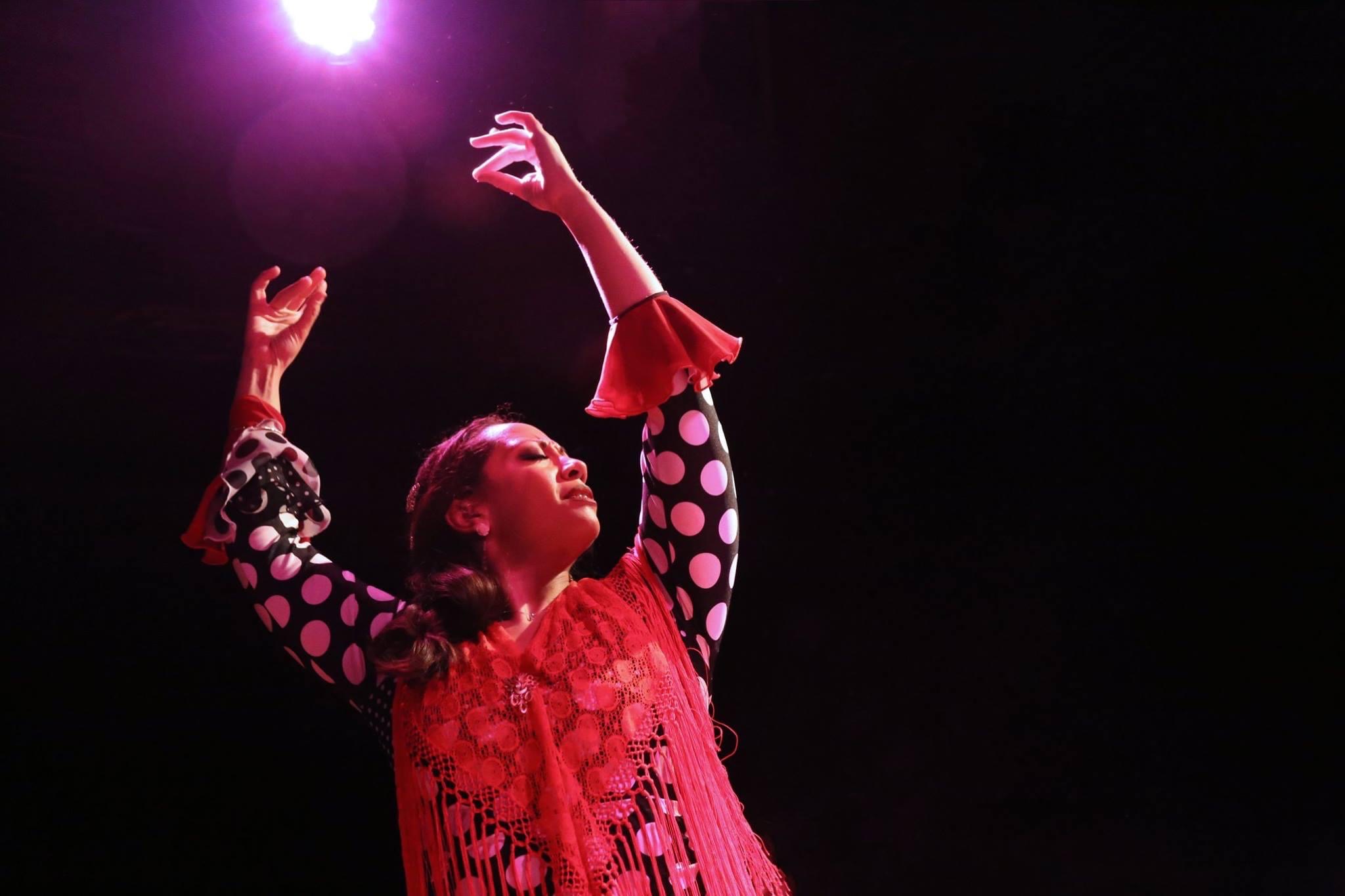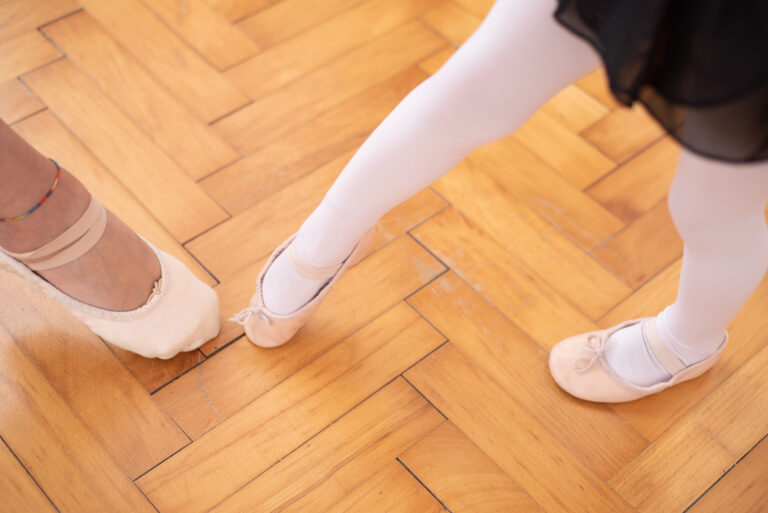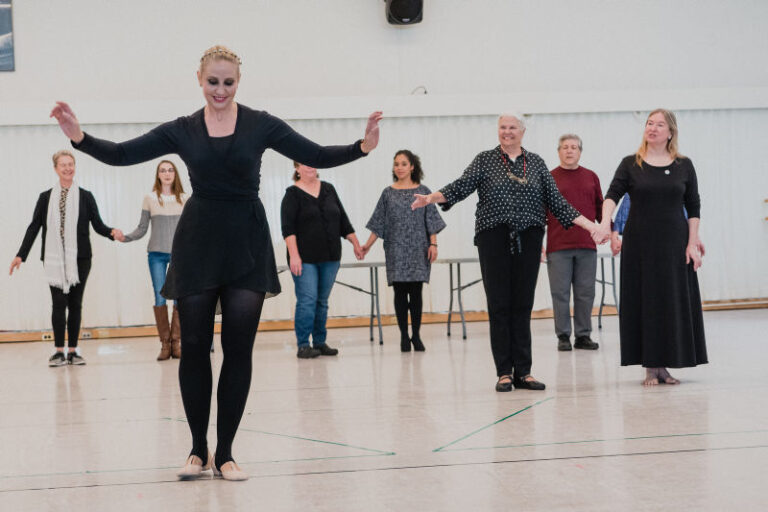
In flamenco, the hands and fingers play many different roles. Clapping, snapping, body percussion, slower movements that complement fast footwork, and even playing an instrument are all tools of the trade, says Xianix Barrera, a Bessie-nominated flamenco dancer and the founder of Xianix Barrera Flamenco Company.
Flamenco dancers also use their hands and fingers to establish their own personality onstage, imbuing the choreography with a sensibility that’s all their own. “It’s a trademark. Your hands can be like a fingerprint,” Barrera explains.
Even if you’re not a flamenco teacher, you can take notes from Barrera’s book to help your students capture the expressivity that hand and finger articulation provide. Cultivating these skills can help them stand out onstage and at competitions, as well as provide them with a new way to express themselves in their dancing.

Adjust the Warm-Up
Just like with any new movement or skill, a targeted warm-up routine can help create the right foundation. Sahi Sambamoorthi, a bharatanatyam dancer and teacher and the co-president of Navatman in New York City, recommends some general stretches to get started. She prompts her students with questions like “Can you stretch your fingers?,” “Can you make them fists?,” “Can you take each finger out from your palm and articulate them separately?”
Barrera recommends rolling out the wrists during warm-up, both towards and away from the body. Then lead your students in a series of bends at the wrist, so the flat hand is alternately positioned towards and away from the body in an “L” shape.
Encourage the dancers to explore the wide variety of shapes their fingers can make—and the ways these movements engage different muscles in their arms and torsos, Sambamoorthi adds.

Focus on the Fingers and Find Artistry
While some dance styles place a great deal of focus on the movements and positioning of the hands, fingers, and wrists, others might not emphasize these areas until it’s performance time. To help your students cultivate these skills early on, it’s helpful to teach them to focus on the hands and fingers as important parts of the larger whole.
“As dancers, we use our bodies; we are nonverbal communicators,” Barrera says. “With your hand, that’s just an extension of it in smaller detail. I just think of it as showing your truth, being more detailed with your expression, more specific with the hands to think of them as part of the body.”
To help students get comfortable with hand and finger articulation—and learn to establish their own unique signature—Sambamoorthi recommends encouraging experimentation with the ways they would naturally gesticulate while having a conversation. Verbalizing the story of the choreography and noticing the way their hands and fingers move can be a good exercise to get started.
“From there, you get the inklings of what you would naturally do and then you can start to articulate that more,” she says.
Cultivate Respect
As a dance teacher, it’s not only important to share your knowledge of technique and artistry with your students, you’re also in the position to teach them about dance history and what it means to be respectful to other cultures and traditions. Sambamoorthi says it’s important to be mindful of cultural appropriation—and always give credit where credit is due.
“There’s a lot of communities out there who use hand gestures in technique,” she explains. “As someone who watches a lot of dance, I’ve seen artists sort of take from bharatanatyam or Balinese dance or things like that. If you’re going to directly take from one of the styles to understand finger articulation, it has to be done with respect towards the style.”





